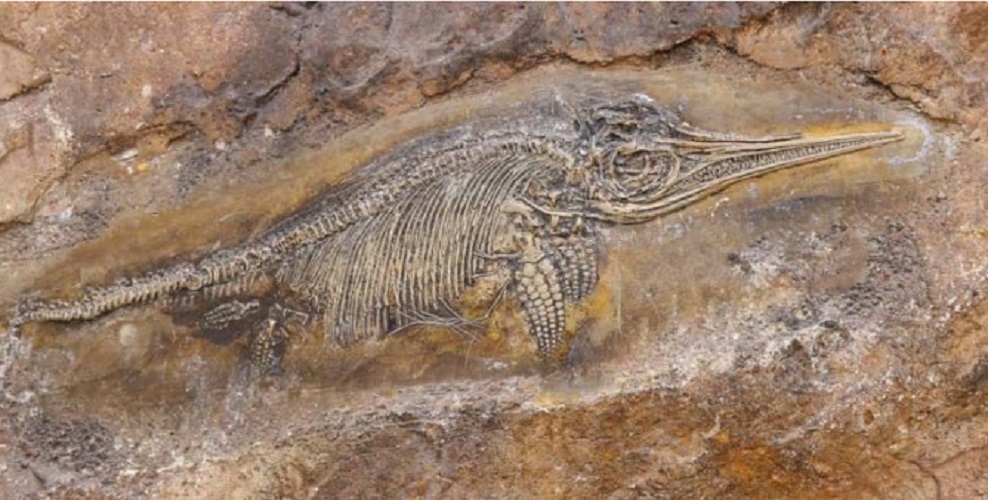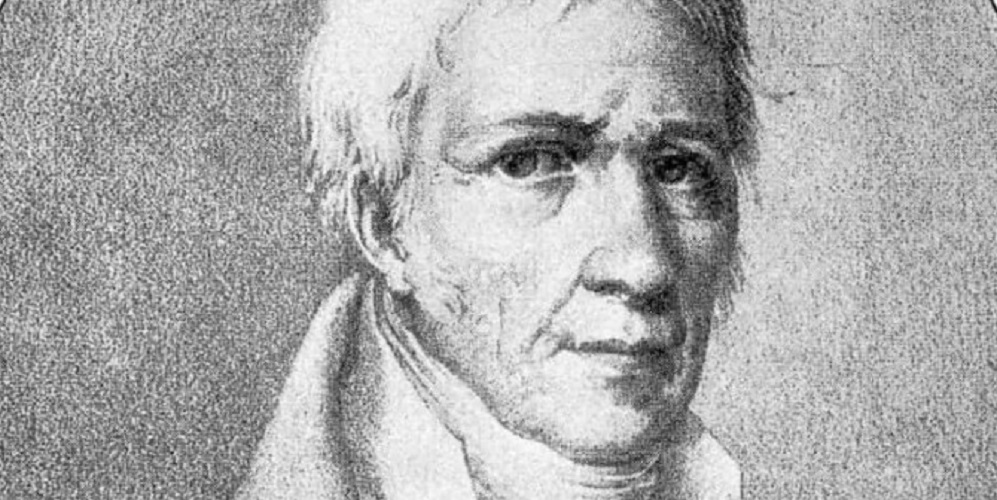What is Lamarck’s theory?
We explain what Lamarck’s theory is about the evolution of living beings, their mistakes and successes. Also, who was Jean-Baptiste Lamarck.
-
What is Lamarck’s theory?
Lamarckismo or Lamarck’s theory is called the scientific theory on the evolution of species , proposed by the French naturalist Jean-Baptiste Lamarck in his book Zoological Philosophy of 1809. This is the first evolutionary theory of history , the fundamental predecessor of which Charles Darwin later proposed in 1859.
In his work, Lamarck noted that the species of living beings were not immutable , nor did they appear to have been created spontaneously, as was claimed at the time, but that they had probably evolved “by scores and successively” from much more life forms simple.
To explain this transformation, he proposed the existence of a mechanism (which today biology considers impossible), and that supposed the ability of living beings to transfer to their heirs the characteristics acquired by adapting to new environments.
Recall that at that time the existence and functioning of genes was not known as today . Nor was the Weismann Barrier principle known, which states that genetic information goes from genes to cells and not vice versa, that is, living beings cannot edit their genetic code at will.
And following this last principle, Lamarckism was considered wrong and was rejected at the beginning of the 20th century . Later, however, it was recovered and reevaluated by new scientific trends that aspire to prove that its principles were correct.
Lamarck’s Theory became known as “Transformism . ” It relied primarily on the verifiable existence of extinct species in the geological stratum, whose structural similarities with contemporary life forms were notorious.
-
Importance of Lamarck Theory

Lamarck’s theories emerged in an extremely hostile context , when evolutionary precepts were barely peeking out as a result of the application of the scientific method . In that sense, they were even more revolutionary than those of Darwin himself , who was based on the work of Erasmus and Lamarck himself.
In fact, in Lamarck’s time the natural sciences were content with the description of living things . The emergence of his zoological philosophy marked a point of change that resulted in the emergence of modern biology .
-
Biography of Jean-Baptiste Lamarck

Jean-Baptiste Pierre Antoine de Monet Chevalier de Lamarck was born in Bazentin, France, on August 1, 1744 , in a noble family and a military descendant. He had a Jesuit education and began in the military arts, participating in the battle of Villinghausen (1761) in the Seven Years’ War.
However, his true vocation was science , so he trained in medicine, a discipline he did not exercise. In addition, he was part of the Garden des plantes until 1793, when it became a Natural History Museum at his idea.
Since then he was a professor and published several studies on flora, fauna , meteorology, hydrology. His great work, Zoological Philosophy , was published in 1809 .
Unfortunately Lamarck was blind in 1819, so his latest works were written through the dictation his daughters took. The last part of his life he lived ignored and fell out of favor, until his death in 1829 .




